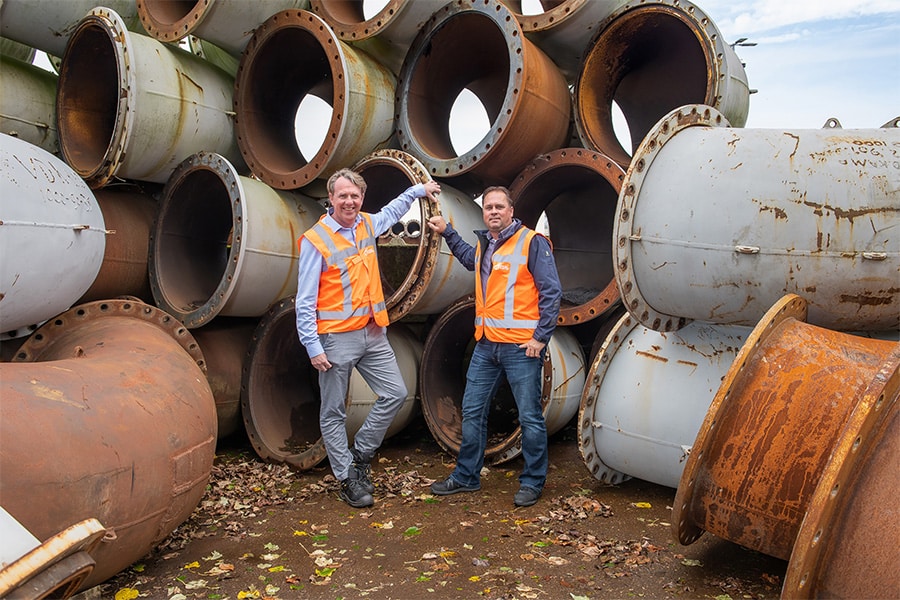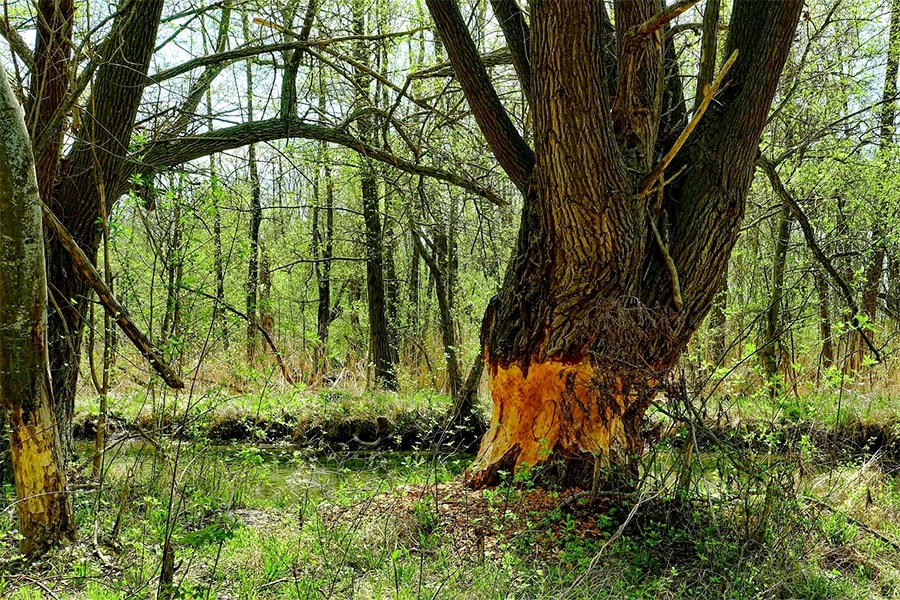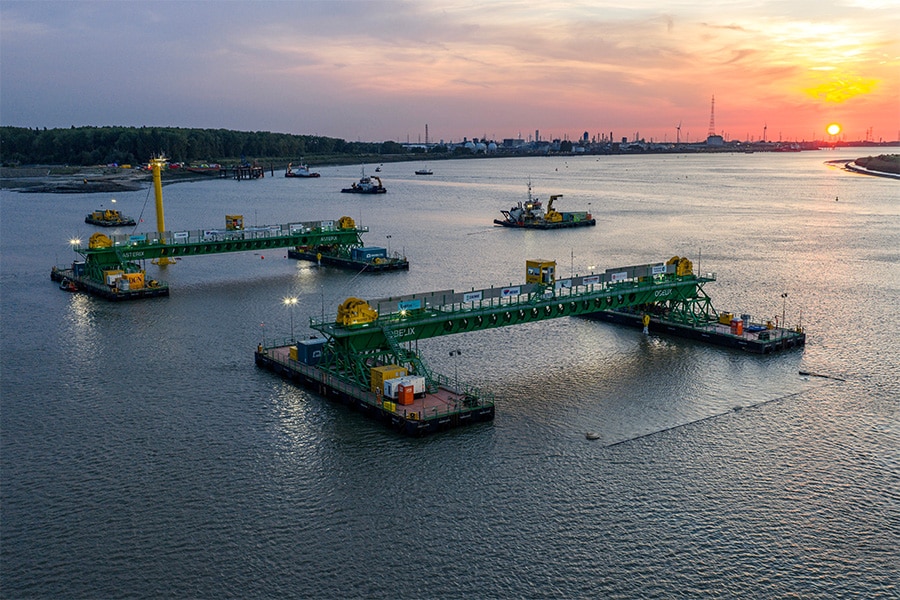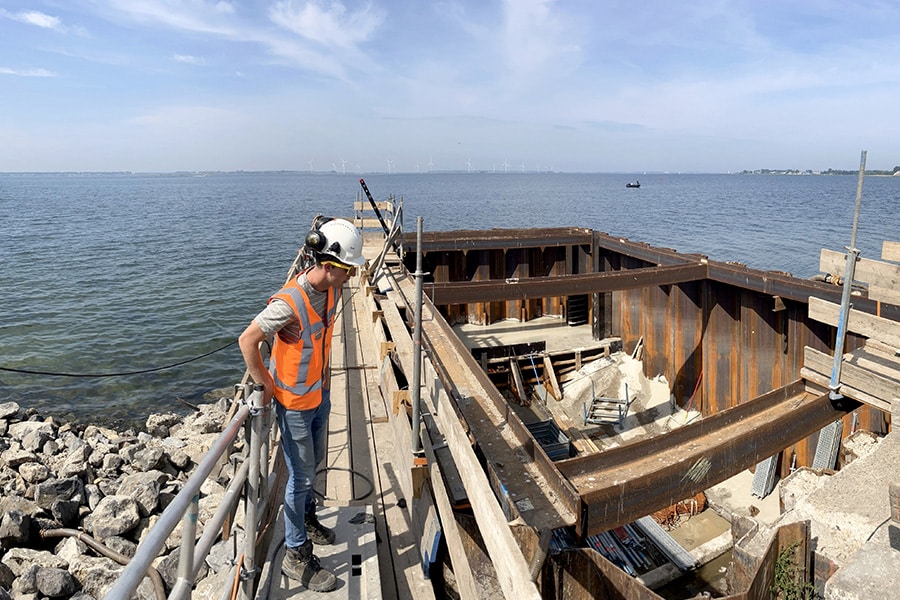
'Sustainable design doesn't have to be expensive(er)'
The new Oudenhoorn Pumping Station will soon be Hollandse Delta Water Board's most sustainable pumping station. The design objective was to achieve a 50% reduction in CO2-emissions, but the design team of Van Hattum and Blankevoort and structural consulting engineering firm Den Boer CCI managed to achieve a reduction of as much as 82%. "Sustainability is in our DNA. We understand the art of translating the vision of sustainability into concrete measures. And that, by definition, does not have to be expensive(er)," says Wessel Nauta, director of Den Boer CCI.
The new Oudenhoorn pumping station will be built sustainably with materials that can be reused in the future. In addition, existing materials from the old pumping station will also be reused. "The time of taking out the old and putting in the new is over," states Wessel. "We're not going to do that anymore. We have beautiful works of art in our country that are built with high-quality materials. These may be financially depreciated, but can often constructively last for many decades. That's what our approach focuses on, the preservation and reuse of valuable materials."
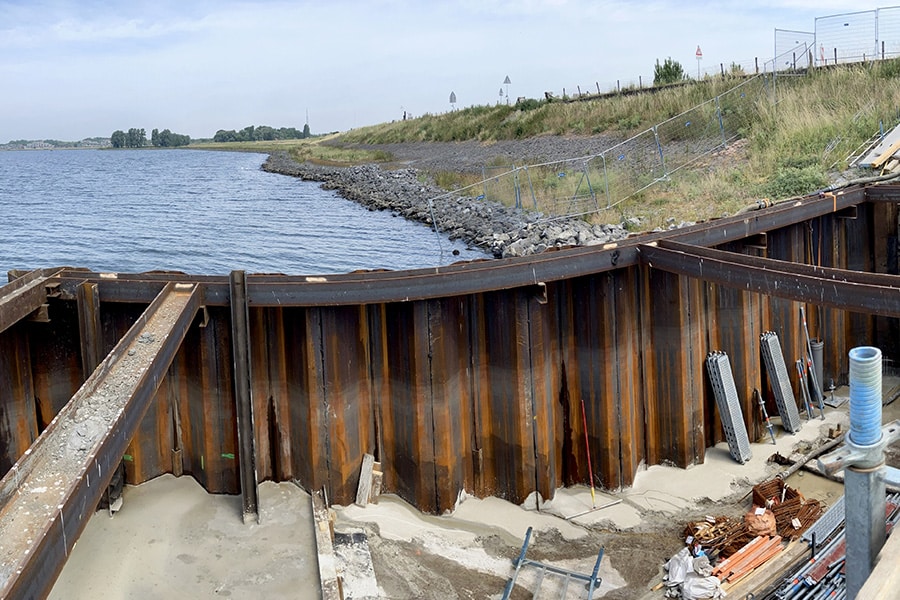
Preservation of pressure pipeline and existing substructure
At Oudenhoorn Pumping Station, Den Boer CCI worked with the contractor to achieve a nice sustainability feat by, among other things, retaining the existing discharge line and substructure on both the inflow and outflow sides. "We started as a construction team. Then you make the best plan together with the set preconditions regarding policy, budget and the object," says Kees Meulman, Technical Manager at Den Boer CCI. "In this case, that means taking stock of what is there and what its residual life is. Pipework made of steel or cast iron has a long service life in most situations. That also proved to be the case here, by setting up a Safety Management System we signal the optimal replacement moment. As a result, the discharge pipe can be used safely for many years to come. So it would be a shame to replace it now. Moreover, it also puts another strain on the budget. It is not only more sustainable, but also cheaper over the total life span. And so we considered every part of the existing pumping station with each other for possible reuse."
Sustainable superstructure
All the components in a pumping station interact with each other. "By considering the different materials integrally, taking into account the different lifespans and survival aspects, you can save on materials and costs," Wessel says. "An HSB superstructure, for example, is more durable and cheaper than constructing a building entirely in masonry. And by incorporating a large roof hatch, there is no need to install a complicated and expensive crane track that also has to be inspected periodically. And so we made optimizations on all facets. The crux lies precisely in the fact that we look just that little bit further and before we start engineering have already listed all the (sustainability) goals and requirements. This also fits in with our objective of calculating once, drawing once. We have a lot of knowledge, but only limited capacity, and it has to add maximum value. Then you especially shouldn't have people doing double work."
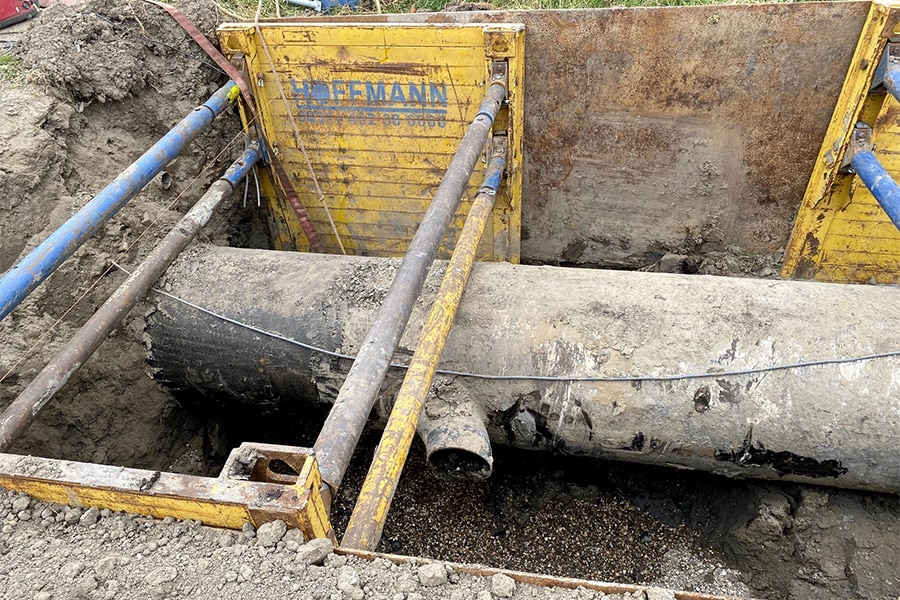
Thinking twice beforehand about the requirements and wishes is also part of the whole sustainability challenge. "The best design automatically rolls out of that and that ultimately leads to lower costs. Sustainable design does not have to be expensive. If you don't have to replace a pipe, that saves money." With that same outlook, Den Boer CCI also achieved the necessary optimizations in the project "Optimization water supply Peel canals," a project we highlight later in this edition of GWW Magazine. Den Boer CCI continues to look for new opportunities. Kees concludes: "Our ambition for the next pumping station is to retain the existing hydraulics, the steel casing in which the pump impeller rotates. And so we go further and further in reusing existing parts and upgrading them to the new standards."
